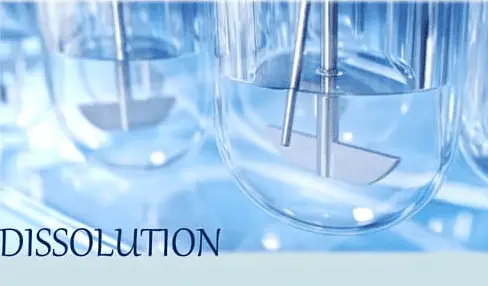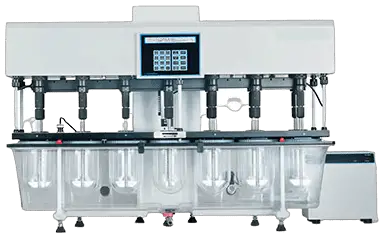Dissolution test results, Assay, Content Uniformity, pharmaceuticals, New formulation

What if Dissolution Data doesn’t match Assay/Content Uniformity Data?
In the world of pharmaceuticals, data integrity is paramount. When testing a new formulation, we expect results from different analyses to mirror each other. This is especially true for dissolution data, assay values, and content uniformity results. Ideally, these values should align within 2-3%, giving us confidence in the accuracy of our data. However, discrepancies do occur, and it’s crucial to understand what might be causing them and how to address them.
Dissolution Data Lower than Assay/Content Uniformity
If your dissolution results are consistently lower than your assay and content uniformity values, then this is most likely incomplete drug release. Depending on your specifications. This might not be an issue if you’re still above the Q value (typically around 85%), but it’s worth investigating if you observe complete release yet data mismatch. Here are some potential causes:
- Drug degradation: The drug molecule may be breaking down over time, leading to lower dissolution results.
- Filter binding: The filter used in your dissolution testing might be absorbing some of the drug, artificially lowering your results.
- Standard preparation errors: If your standard solutions are incorrectly prepared or have degraded, they can throw off your calculations and lead to inaccurate dissolution data.
- Calculation errors: Double-check your calculations for standard values, media volume, purity/moisture factors, and label claims to ensure accuracy.

Dissolution Data Higher than Assay/Content Uniformity
Finding dissolution results exceeding 100% is a red flag, as it’s physically impossible for more drug to dissolve than what’s actually present in the formulation. Here are some potential culprits:
- Standard preparation errors: Similar to the scenario above, incorrectly prepared or degraded standards can lead to artificially high dissolution results.
- Calculation errors: Meticulously review your calculations, ensuring accurate values for standards, media volume, purity/moisture factors, and label claims.
- Evaporation: Over the course of a dissolution run, evaporation can concentrate your sample, leading to falsely high results. Measure media volume before and after the run to assess evaporation levels. If significant, consider using better evaporation covers.
- Filter leaching: Certain filters can leach substances with the same wavelength as your API, mimicking drug presence and inflating your results. Run blank samples with just dissolution media and filters to check for interference.
- Excipient interference: Some excipients in your formulation might interfere with your API readings during analysis, leading to falsely high results. Analyze a mixture of your excipients in the dissolution media to identify potential co-eluting peaks.
- Carryover and contamination: Improper cleaning of dissolution equipment or autosamplers can leave behind traces of drug from previous runs, skewing your current results. Ensure thorough cleaning and calibration of your instruments.

Remember: When faced with discrepancies between dissolution data and assay/content uniformity results, always investigate thoroughly. By systematically considering potential causes and implementing corrective actions, you can ensure the accuracy and integrity of your pharmaceutical testing data.